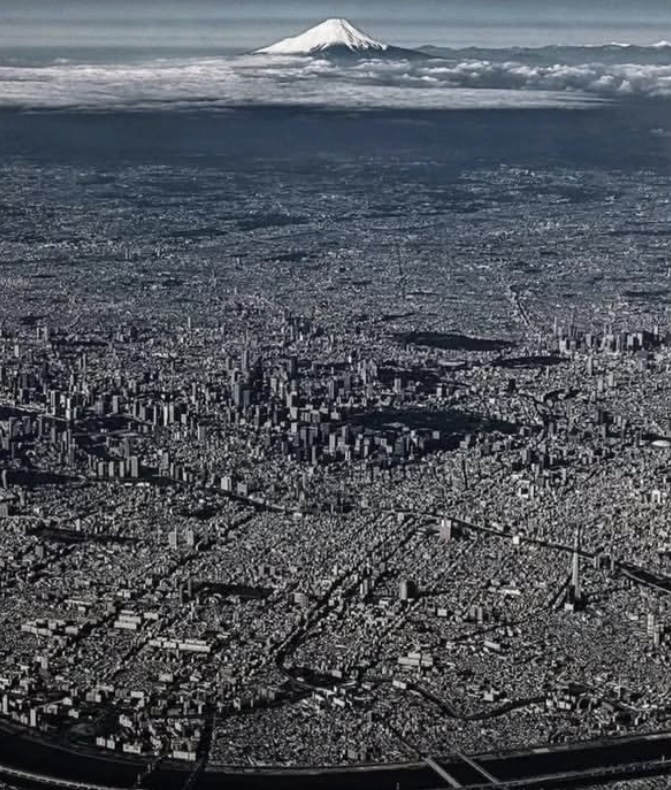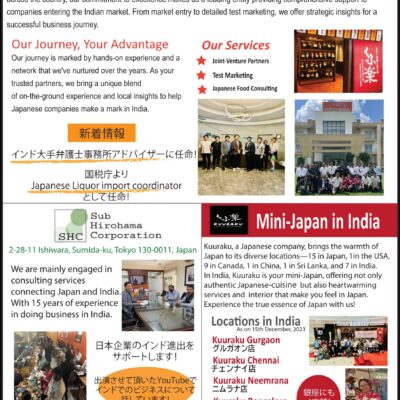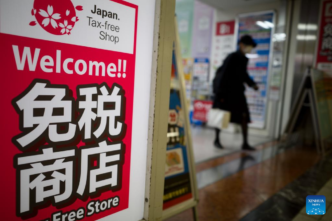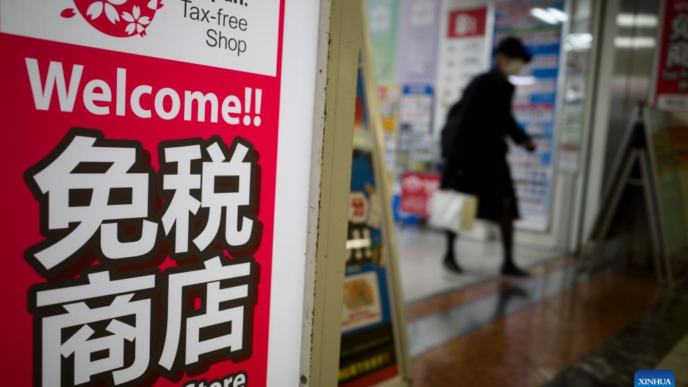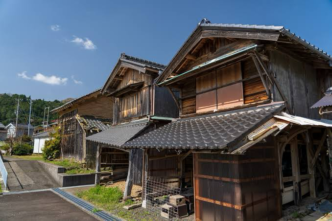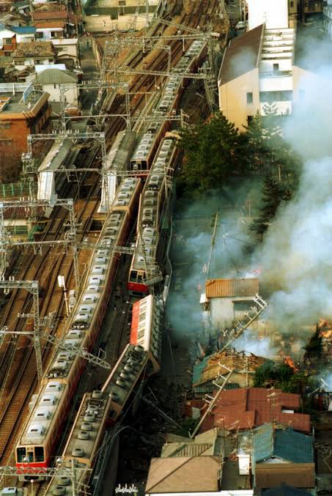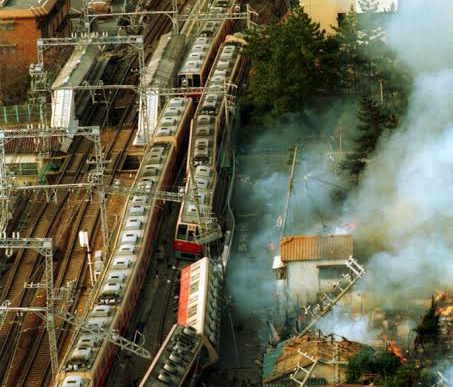We often categorize urban centers by size: town, city, metropolis. But what about those that transcend even the grandest of labels? Enter Tokyo, a behemoth of a city that defies easy classification.
A “city” typically implies a significant population and urban infrastructure. A “metropolis” often denotes a sprawling urban area encompassing multiple cities and surrounding regions, a true center of economic and cultural influence. Yet, Tokyo surpasses even this. Its scale, complexity, and sheer density of human activity create an entity that feels almost distinct from the traditional urban model.
With a population exceeding 37 million within its greater metropolitan area, Tokyo is a hyper-urban environment unlike any other. It’s a global hub of finance, technology, and culture, a potent mix of ancient traditions and cutting-edge innovation.
The sheer volume of people, the constant motion, the intricate network of transportation – all contribute to an overwhelming sense of energy. Yet, amidst this frenetic pace, pockets of tranquility exist: serene temples nestled amongst towering skyscrapers, meticulously maintained gardens offering respite from the urban clamor.
Tokyo is a testament to human ingenuity and a stark reminder of the complexities of modern life. It challenges our understanding of what constitutes a city and pushes the boundaries of urban living to its limits.
Disclaimer: This is a brief reflection on the unique character of Tokyo. A comprehensive exploration would require a much deeper dive into its history, culture, and socio-economic dynamics.


